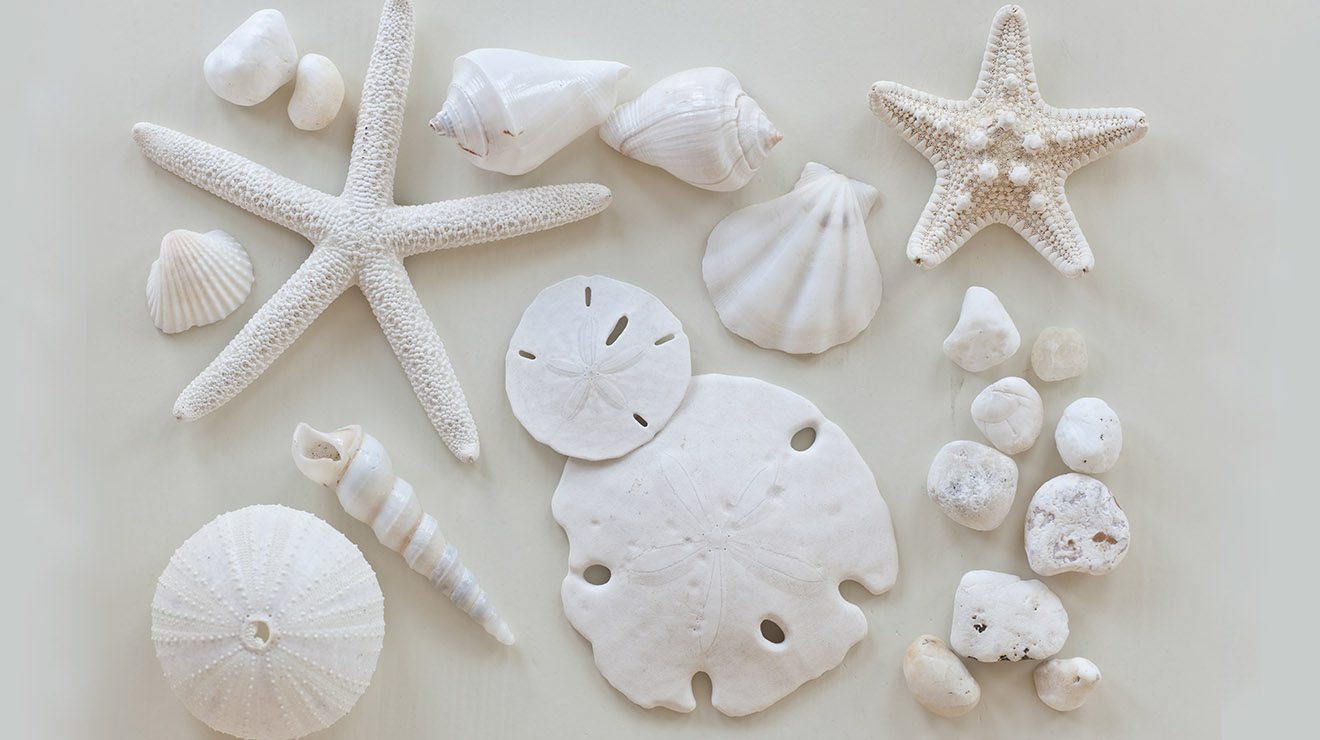Tired. Anxious. Moody. Know the feelings? It’s official; the dark days of mid-winter are upon us.
As daylight hours wane many people feel a bit melancholy; and for those dealing with infertility, the symptoms of depression that, understandably, crop up throughout the year can intensify. Luckily, there are ways to manage those feelings and get a jump on the happiness spring magically brings. Dr. Jennifer Mersereau at UNC Fertility provides some background on why we get down this time of year and helpful tips on how to beat the mid-winter blues.
What causes the winter doldrums?
Lack of sunlight is the primary culprit. As the days get shorter and gloomy weather arrives the mid-winter slump sets in. Characterized by grumpiness, the desire to eat comfort food, and difficulty finding the motivation to get out and about, it’s often annoying, but manageable. However, for some people, it can impact their day-to-day, and their health, more seriously by way of significant feelings of sadness, weight gain, and loss of interest in typically enjoyable activities.
Seasonal Affective Disorder
The aptly named SAD (Seasonal Affective Disorder) is a type of depression that appears in the winter and goes away by spring. SAD sufferers are typically diagnosed if they’ve felt depressed for two winters in a row. Typically, cases of SAD are more common in Northerners than Southerners. The farther you are from the equator the greater chance you have of being affected; this makes sense considering that, as with the less severe winter doldrums, experts believe that lack of light plays a role in SAD by disrupting your circadian rhythm and/or affecting serotonin levels (a chemical thought to affect mood).
Banishing the Blues
UNC Fertility patients dealing with the mid-winter slump often find the following techniques beneficial. Not only will they help increase your happiness, they’ll also benefit your overall health and wellness.
Light Therapy
Natural sunlight is the best way to help ease your seasonal slump. However, this can be tough in certain areas of the country where, for many, it’s dark both when they leave their house in the morning and when they come home at the end of the day. Light therapy boxes can help; they mimic outdoor light via bright fluorescent bulbs. It’s important to use light boxes consistently to keep symptoms at bay.
Exercise
Moderate exercise can help lift feelings of sadness. Yoga, walking, swimming – even putting on your favorite music and dancing around the living room – are great ways to increase your heart rate and happiness. Bundle up and head outside, or get in a workout near a sunny window.
Counseling
Discussing your symptoms and feelings with a therapist may be beneficial. Counselors can provide insightful information about what you’re going through, help you manage your symptoms, and offer advice on how to help prevent, or lessen, future SAD episodes.
Gratitude
One of the most helpful things you can do to manage your seasonal depression, and your happiness throughout the year, is to practice gratitude. Taking the time to recognize and acknowledge the things in your life for which you’re thankful can help you both mentally and physically. Benefits include:
- Feeling more positive
- Greater self-esteem
- More restful sleep
- Becoming kinder and more compassionate
- Improved physical health
- Better mental health
Practicing gratitude can be as simple as making note of what you’re thankful for in your mind, or jotting it down in a gratitude journal. No matter the method, chances are you’ll be grateful you chose to incorporate the gift of gratitude into your life.
For more information on seasonal affective disorder and infertility, contact UNC Fertility at 919-908-0000.









